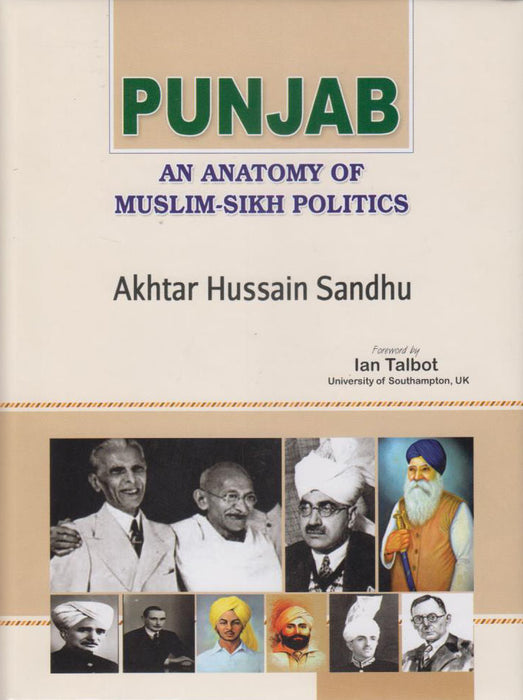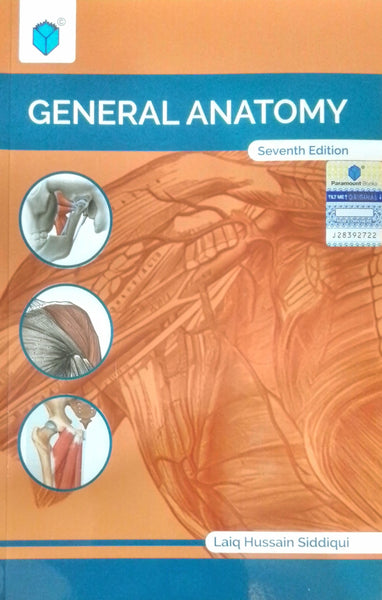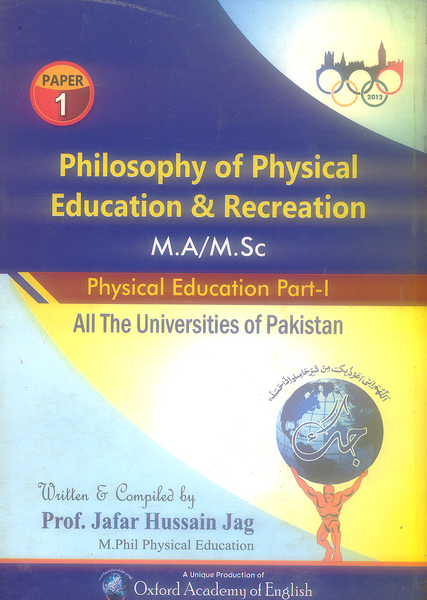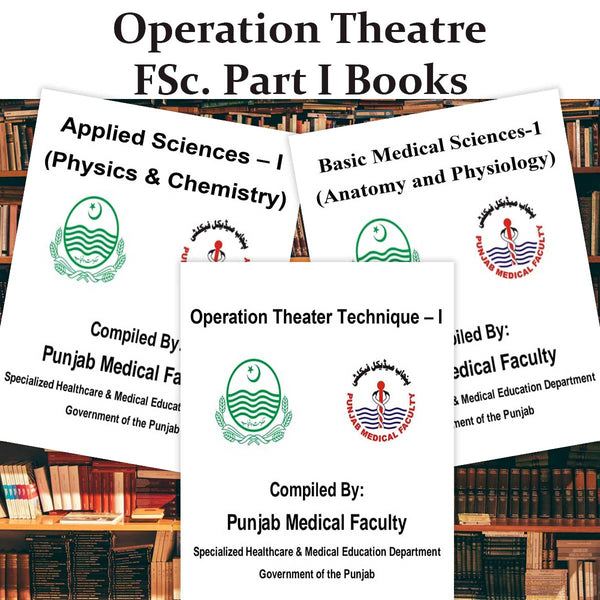Punjab: An Anatomy Of Muslim Sikh Politics by Akhtar Hussain Sandhu
- Publisher: POLITICAL SCIENCE
- Availability: In Stock
- SKU: 54930
- Number of Pages: 319
Rs.1,875.00
Rs.2,500.00
Tags: Akhtar Hussain Sandhu , Akhtar Hussain Sandhu book , best books , Best Price , Best Selling Books , colonial history of Punjab , history of Muslim Sikh relations , history of Punjab , India history , India-Pakistan partition , Indian political history , Muslim majority in Punjab , Muslim politics , Muslim politics in Punjab , Muslim Sikh conflicts , Muslim Sikh cooperation , Muslim Sikh relations , ONLINE BOOKS , Online Bookshop , partition of Punjab , political analysis of Punjab , political identity in Punjab , political struggle in Punjab , Punjab and religion , Punjab culture , Punjab during the British era , Punjab history , Punjab in the 20th century , Punjab independence movements , Punjab nationalism , Punjab political history , Punjab politics , Punjab social dynamics , Punjab: An Anatomy Of Muslim Sikh Politics , Punjabi Muslims , Punjabi Sikhs , religious tensions in Punjab , Sikh history , Sikh independence , Sikh majority in Punjab , Sikh politics , Sikh politics in India , Sikhism and Islam in Punjab
Punjab: An Anatomy of Muslim Sikh Politics by Akhtar Hussain Sandhu provides an insightful and critical analysis of the complex political dynamics between the Muslim and Sikh communities in Punjab, particularly during the period leading up to and following the partition of India in 1947. The book delves deep into the historical and socio-political factors that shaped the relationship between these two communities, tracing their interactions through the colonial era and into the turbulent times of the independence movement. Sandhu's work is an important contribution to the study of partition-era politics, focusing on the role of religion, cultural identity, and political ideologies in shaping the fate of Punjab. By examining the political decisions, strategies, and challenges faced by both Muslims and Sikhs, the author provides a thorough understanding of the region's history and its impact on the political landscape of post-colonial India and Pakistan.
Key Points:
-
Historical Context: The book explores the historical evolution of Muslim-Sikh relations, providing a detailed account of the factors influencing their political decisions during British colonial rule.
-
Impact of British Colonialism: Sandhu examines how British policies, such as divide-and-rule strategies, contributed to the growing political divide between Muslims and Sikhs, ultimately leading to partition.
-
Religious and Cultural Identity: The author analyzes the role of religion and cultural identity in shaping the political stances of both communities, emphasizing the religious significance of Punjab in the larger context of Indian history.
-
Political Mobilization: The book highlights the political mobilization efforts by both Muslim and Sikh leaders in the pre-partition era, with a focus on key figures and movements that defined the politics of the region.
-
Partition of Punjab: Sandhu provides a detailed examination of the political factors that led to the partition of Punjab, exploring the role of Muslim and Sikh leaders in shaping the region’s fate during this critical period.
-
Post-Partition Dynamics: The analysis extends beyond the partition, looking at the aftermath and how Muslim-Sikh relations evolved in the newly formed countries of India and Pakistan.
-
Influence of Nationalism: The author discusses the influence of nationalist movements in Punjab, particularly the rise of Sikh nationalism and Muslim political movements, and how these affected the political landscape.
-
Role of Key Political Figures: The book details the involvement of influential political leaders such as Sheikh Abdullah, Ghulam Muhammad, and others in the shaping of Punjab's political destiny during this period.
-
Ethnic and Religious Conflict: Sandhu explores the role of ethnic and religious tensions in the lead-up to partition, providing a nuanced view of the complex identities in Punjab.
-
Socio-Political Consequences: The book offers a comprehensive analysis of the socio-political consequences of the Muslim-Sikh political struggle, shedding light on the long-term implications for Punjab and the broader Indian subcontinent.
Conclusion:
Punjab: An Anatomy of Muslim Sikh Politics is a critical examination of the interwoven political, religious, and cultural forces that shaped the history of Punjab, especially during the period of British colonialism and the partition of India. Akhtar Hussain Sandhu’s scholarly work provides a thorough understanding of the deep-rooted tensions and political maneuvers between Muslims and Sikhs, offering a historical perspective that helps explain the post-partition dynamics of the region. This book is a must-read for anyone interested in understanding the political history of Punjab and the impact of religious and ethnic identities on the region’s turbulent past.
════ ⋆★⋆ ═══
Writer ✤ Akhtar Hussain Sandhu

























